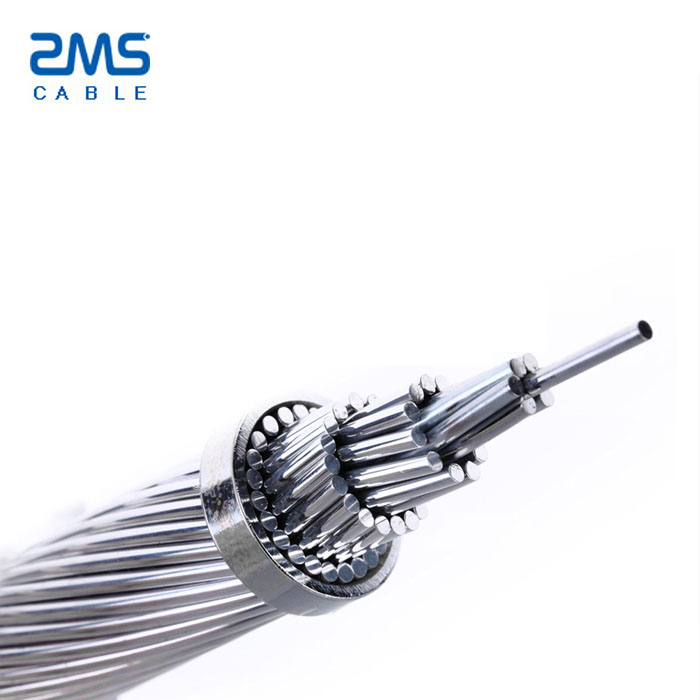The extra breaking force of the wire is calculated from the strength of all aluminum single wires and reinforcements.
However, the actual breaking force will have a certain bias with the actual calculated value. The secondary reason is that the strength of every single line has not been lost.
Therefore, when designing a product, you should not only meet the minimum strength requirements but also think about how to find out the strength of every single line.
Not only is the data ample application, but the overall function of the wire will also be greatly improved.
You can start from the following aspects.

First, from the intensity of the body, adjust the average of every single line.
Every single wire has a different stress-carrying level depending on its strength. Just as the tension sensor has an excellent stretching range, it will not only damage the equipment beyond its range but also form a data bias.
The same is true for aluminum single wires, and the stress-carrying levels of aluminum single wires of different strengths are also different.
When these strengths are biased toward a larger single strand, the stress is averaged on every single line.
The single line with low strength will not break early due to insufficient bearing level, and the single line with high strength will not be able to carry it out.
Therefore, the extremely poor strength is an important parameter for the application rate of the inspection machine.
Second, the elongation and the pitch-to-diameter ratio are adjusted to adjust the elongation and the pitch ratio.
The elongation of the steel wire also has a large influence on the overall stretching function.
A small number of experiments have proved that the overall breaking force of the aluminum-clad steel-cored aluminum stranded wire is easy to present a disqualified scene.
The second reason is that the elongation of aluminum-clad steel is too small.
The application rate of the aluminum wire machine function is too low. When the aluminum wire is twisted, the smaller the pitch, the better the extension function.
The higher the elongation requirement of the steel wire.
The elongation of the aluminum-clad steel wire is about 1.0, and the aluminum wire is also about 1.0. With the expansion and contraction of the twisting pitch, the elongation of the steel wire is far from enough.
Therefore, the wire design for the aluminum clad steel wire can appropriately increase the pitch diameter ratio, reduce the gap between the aluminum clad steel wire and the aluminum wire elongation, and carry forward the machine function of the aluminum wire.
In short, the elongation of the aluminum wire + the elongation due to the pitch = the elongation of the steel wire.
Third, from the display structure, the single-line elongation of the single body is displayed on the outer layer.
Experiments have shown that single-line fractures mostly break in the outer layer. The elongation of the outer layer is also a key factor affecting the overall braking force.
When the strength of the single wire is constant, the higher the elongation, the higher the strength of the single-line machine can function.
At present, the functions of most of the wires are not fully developed, and the margin is very large.
This process is a process of temporary exploration. It requires a small number of experiments and data analysis. This is just an idea and focuses on theory.
In short, in the design of goods, the purpose is to extend the wire to 1%, all single lines can be carried forward to excellent results so that the overall function of the wire will be greatly improved.